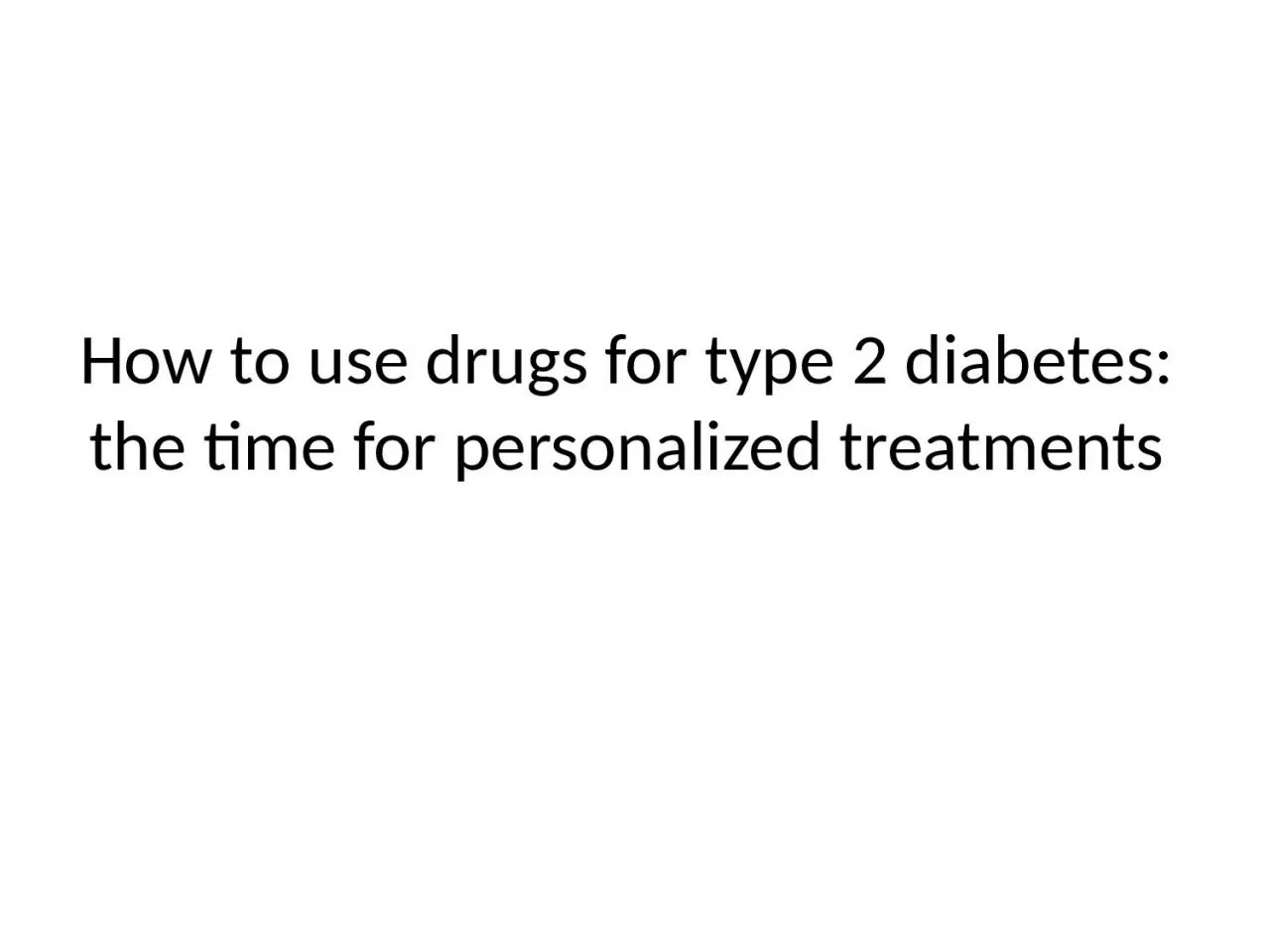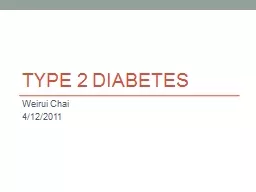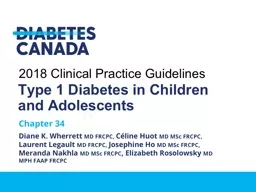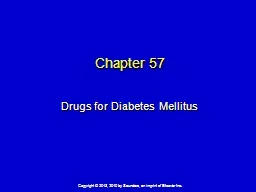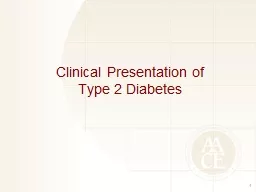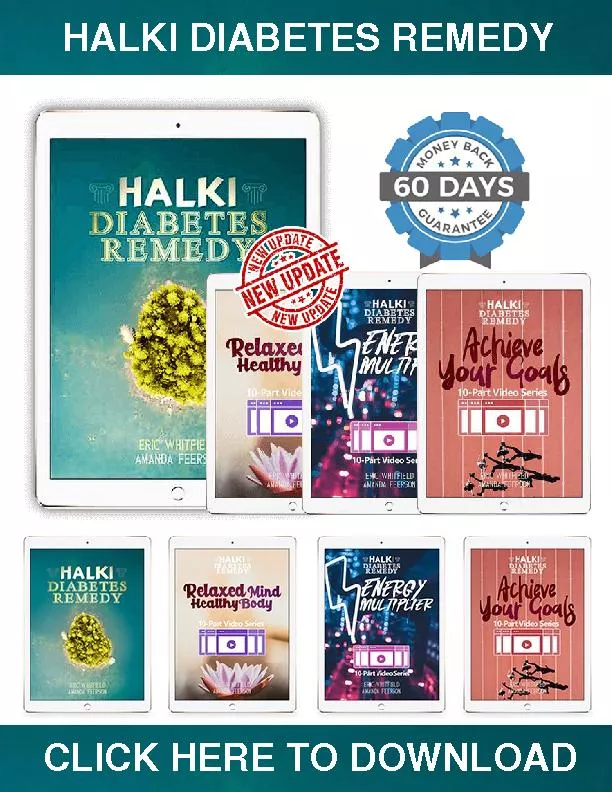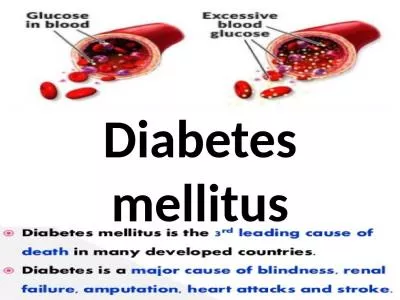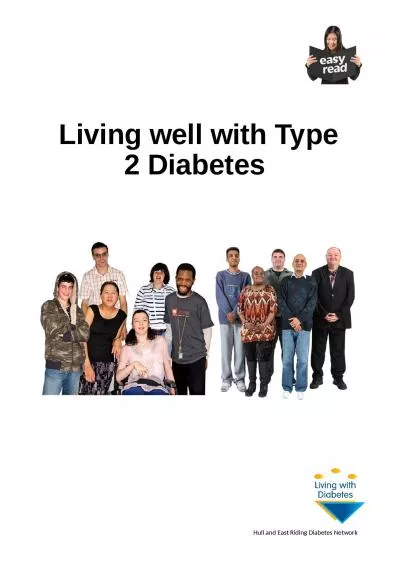PPT-How to use drugs for type 2 diabetes:
Author : bethany | Published Date : 2022-06-28
the time for personalized treatments Woolf SH et al BMJ 199931852730 Maddaloni E Pozzilli P Treatment strategies Diabetes 2014 64549 Type 2 diabetes is
Presentation Embed Code
Download Presentation
Download Presentation The PPT/PDF document "How to use drugs for type 2 diabetes:" is the property of its rightful owner. Permission is granted to download and print the materials on this website for personal, non-commercial use only, and to display it on your personal computer provided you do not modify the materials and that you retain all copyright notices contained in the materials. By downloading content from our website, you accept the terms of this agreement.
How to use drugs for type 2 diabetes:: Transcript
Download Rules Of Document
"How to use drugs for type 2 diabetes:"The content belongs to its owner. You may download and print it for personal use, without modification, and keep all copyright notices. By downloading, you agree to these terms.
Related Documents

